The pandemic forced us to schedule the interview through a video call. On the other side of the screen, Helena de Jesus appears with her contagious smile and a colored silk turban hugging her hair.
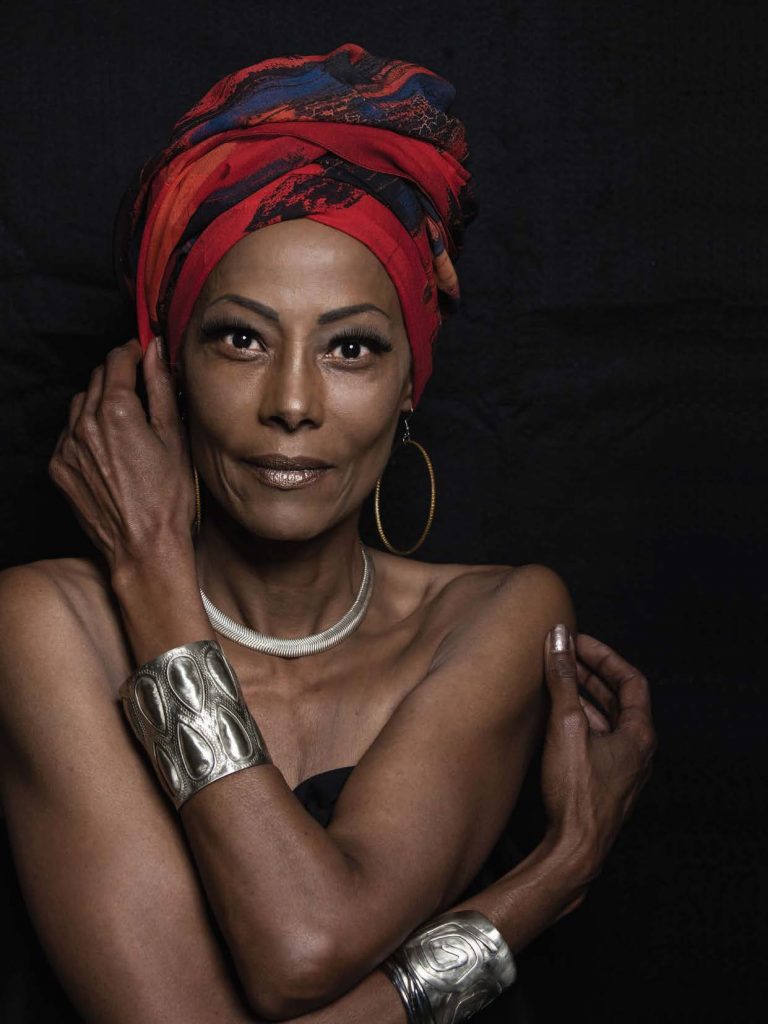
The pandemic forced us to schedule the interview through a video call. On the other side of the screen, Helena de Jesus appears with her contagious smile and a colored silk turban hugging her hair. And I, on the other hand, wonder how it is possible after many years to remain so splendid, she who opened the way for black models in international fashion, and who, on the back of a licorice candy ad, has a true cult following on YouTube, in Italy.
When I type in her name on Google, the first search refers to Helena as the first successful black top model, protagonist of the covers of Vogue, Grazia, Elle, Essence and many others, even before the arrival of Grace Jones and Naomi Campbell. Born in the old city of Lourenço Marques, in 1965, she studied until she was twelve at Colégio João de Deus, in Namaacha, worked in an African handicraft store in Maputo and, at the age of 18, decided to move to Europe to study and improve. It was the 80s, she arrived in Lisbon where she worked on a ready-to-wear cash & carry: she was a saleswoman, decorator and model. It was the stylist Augustus, one of the big names in Portuguese fashion, who introduced her to the shows. Until one day she was invited to take part in the television program Um, Dois, Três, hosted by Carlos Cruz. “I was the prize girl, the first image of a black African woman on Portuguese television.
It was fantastic, but I wanted to be a model. The only option I had was to find an international modeling agency. I went to Madrid and then Milan,” she tells us. It wasn’t easy to get in the world of international fashion, but Helena was very lucky and very determined. She worked hard, did fashion shows, advertising, cata- logs, at a time when there weren’t many black models. Until one day, a photographer friend made her first book and one of the photos was chosen to be the cover of a magazine. Riccardo Gay, one of the biggest modeling agents, saw the photo and called her. From there, her international career began: Milan, Paris, Rome, New York… She worked with the greatest artists of the 80s and 90s: Peter Lindbergh, Albert Watson, among the photographers; and stylists Giorgio Arm- ani, Moschino, Valentino, Luciano Soprani, Jean-Paul Gaultier, to name a few. She ended with only one wish to fulfill: to work with Roberto Capucci, who she con- siders the greatest fashion designer of all time.
Filled with pride, she has contributed to legitimize the concept of diversity in the international fash- ion industry. If, today, about 47% of the casting of the shows are composed of black models, it is also thanks to the commitment of models like Helena in the past decades. She is a discoverer of artists, de- signers and models for Afro Fashion Week, in Milan, to present on this platform that is dedicated to new African talents on the continent and in the diaspora. Meanwhile, Other Couture is her beloved baby, the brand she created with Giovanni Arrigoni and artist Angelo Savarese. The concept is simple and ambitious at the same time: in the West, the dominance of Eurocentrism and the marginalization of other cultures is a reality that is experienced across the vast spectrum of creative arts. If art wears fashion, why not wear African art to showcase all facets of African cultures around the world?
The bright-colored turban that stands out on the screen says something about it, being one of the 12 silk turbans that she created from paintings by Mozambican painter Bertina Lopes. “Mama B. was my inspiration for life and art, with the irony, the humanism, the generosity of a great artist,” Helena says, who presented the collection of silk turbans in the colors of Bertina Lopes’ magnificent paintings at last edition of the African Fashion Week, in Milan, in September. She dedicated the collection to her grandmothers, Momoio and Tombo, her Inhambane roots. Helena de Jesus’ dream is to build the Mama B fashion and art academy, in Namaacha. “There are so many talents that don’t have the possibility to study and improve. I want to sow this seed to give back to my country a little of what I had: my love and my pride towards my people.”
Text: Ola Rolletta
Photo: Nicola Ranaldi E And Paolo Lo Pinto
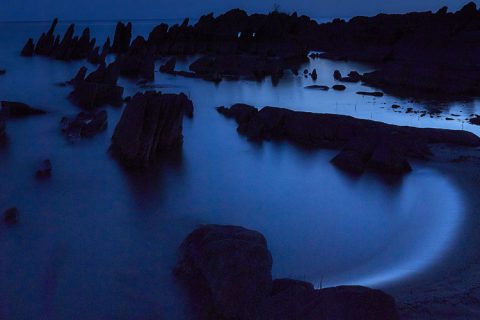
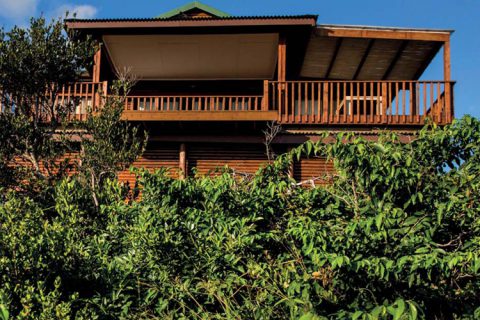

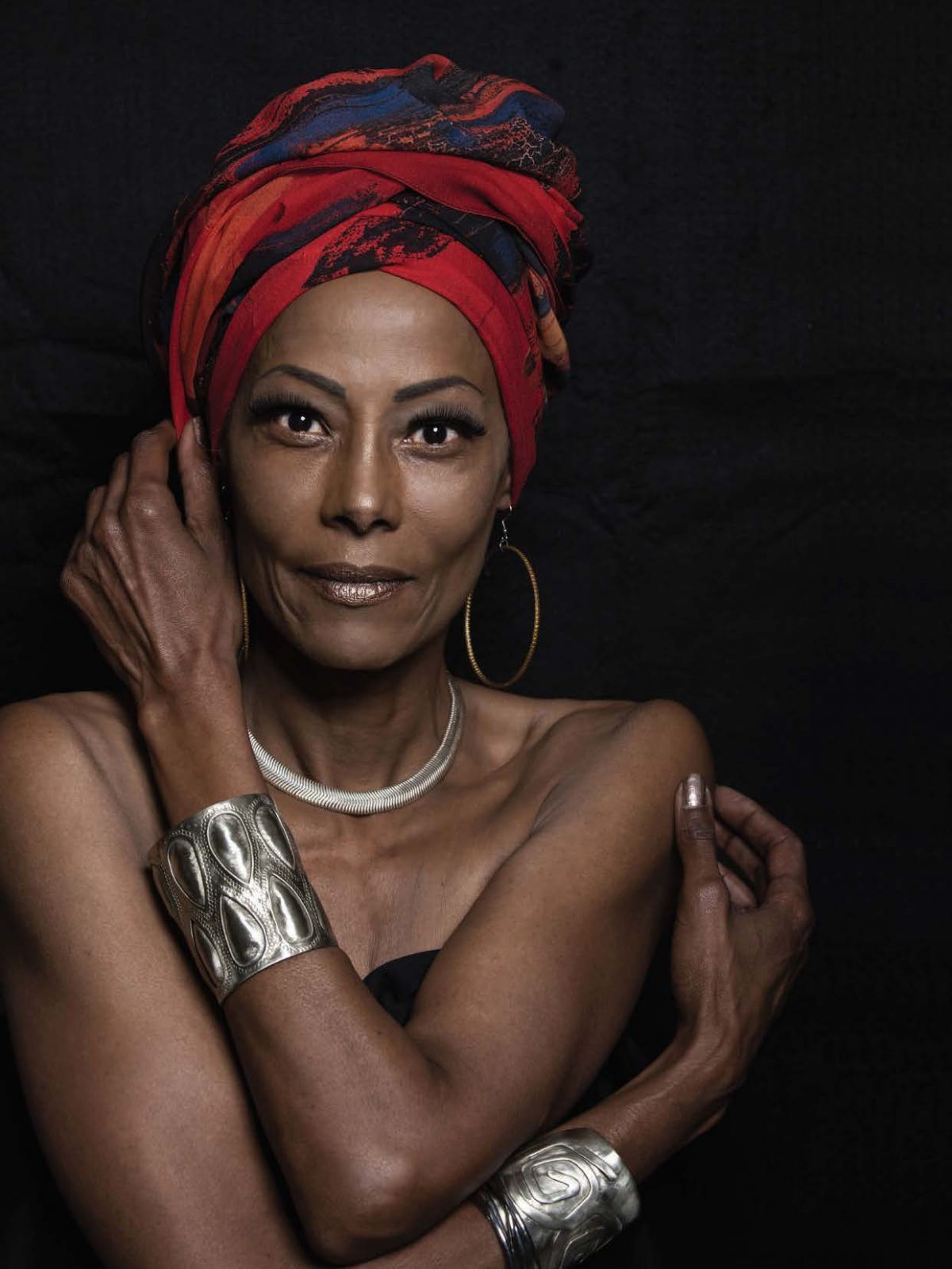
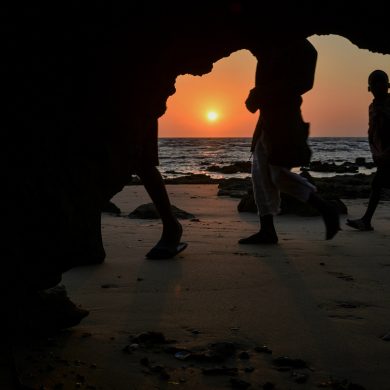
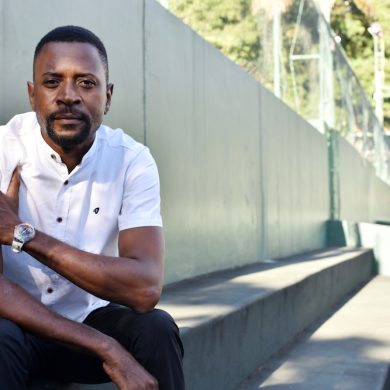
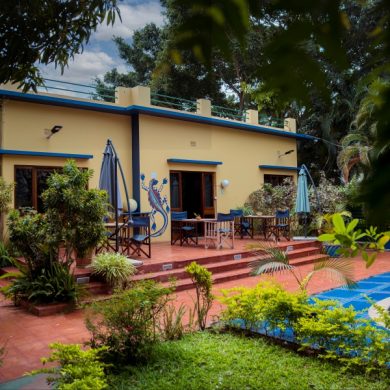
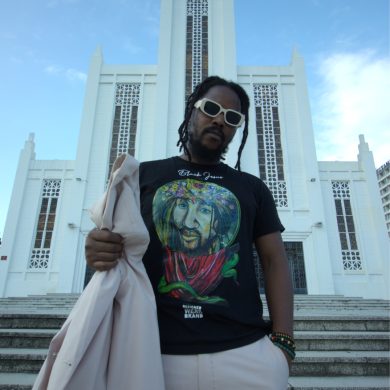
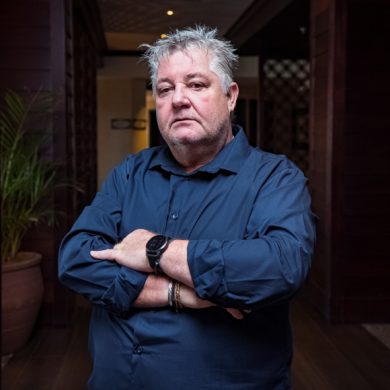
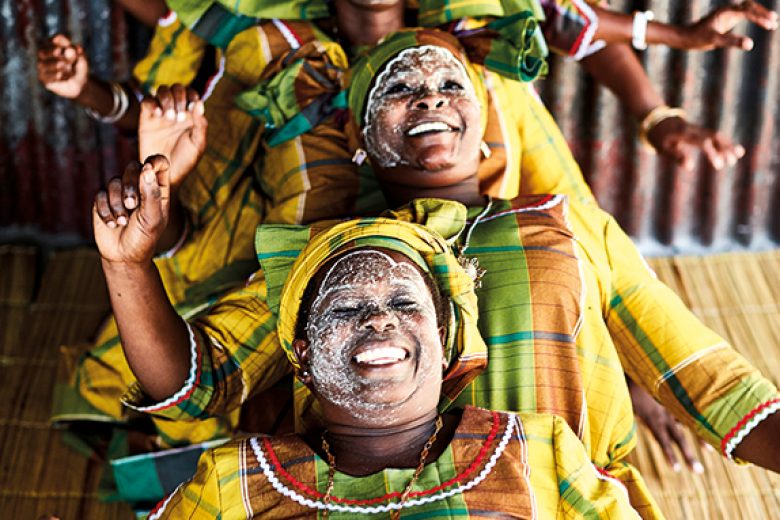
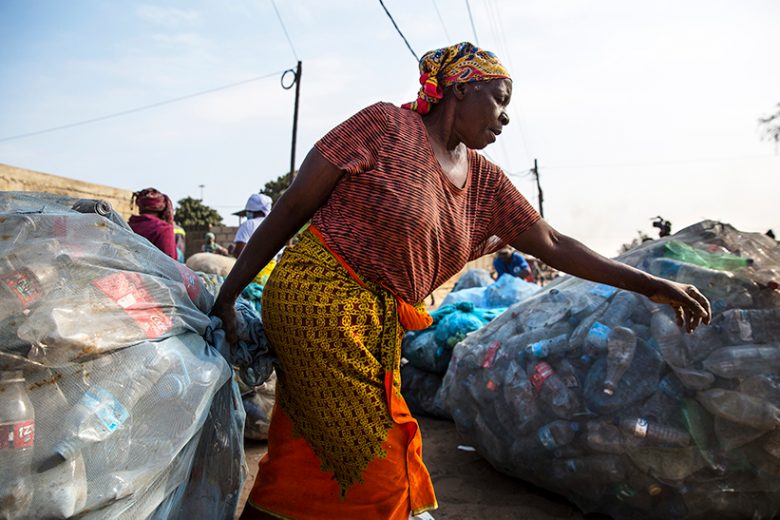





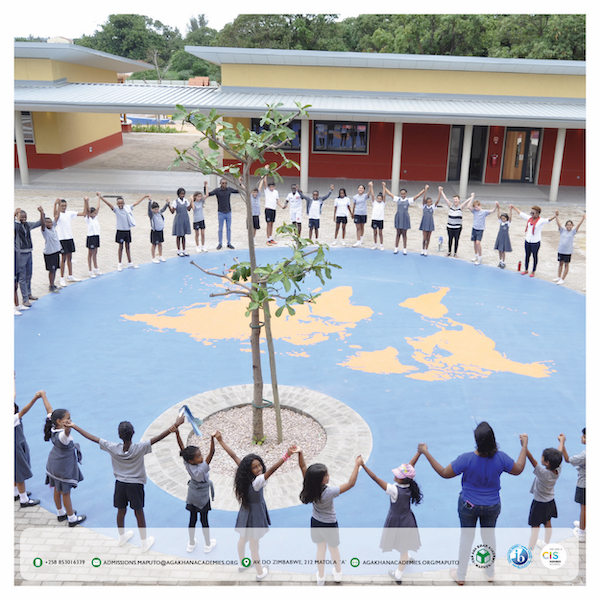









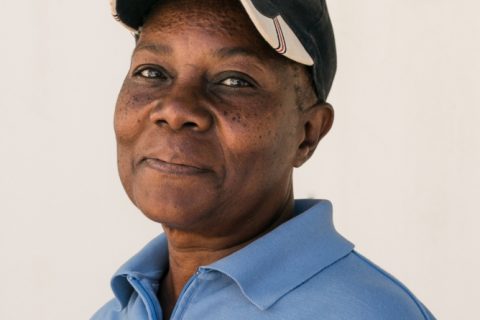
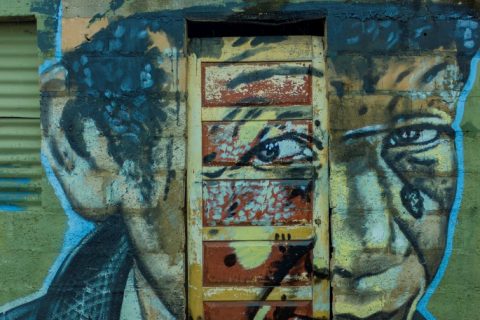
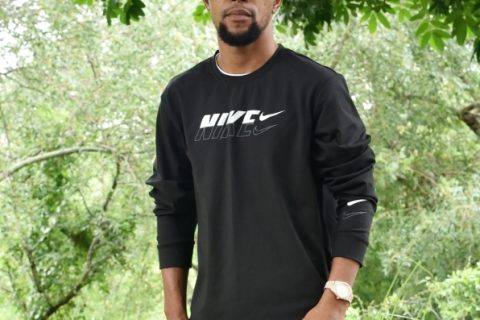
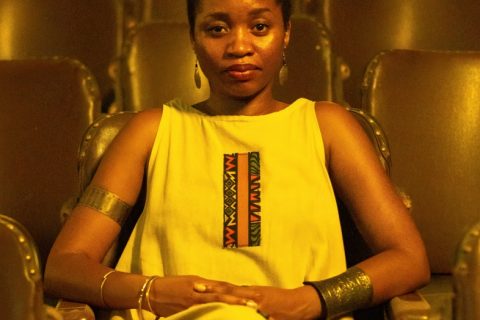
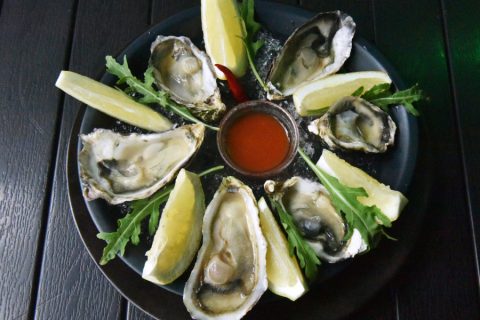
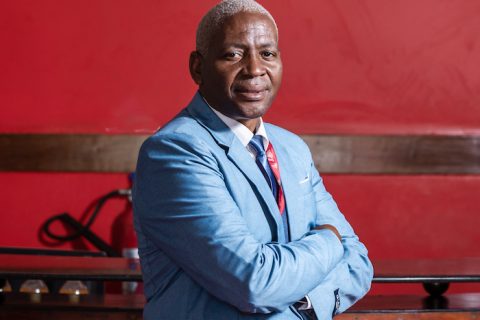
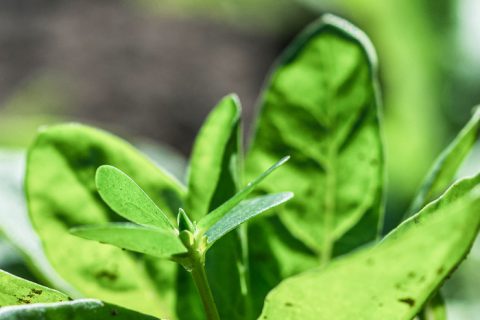
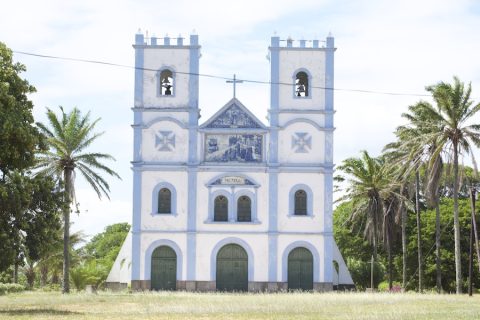
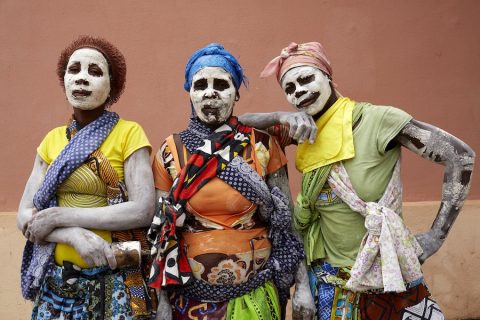
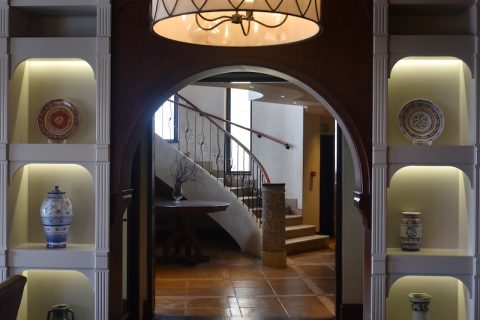

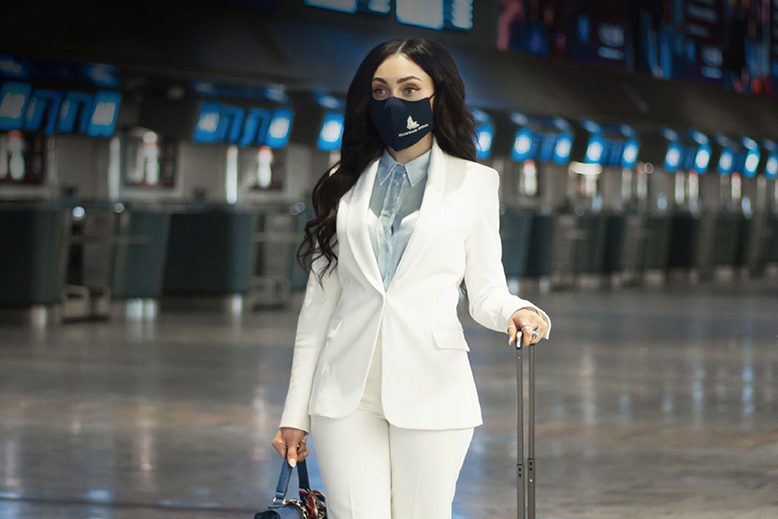
0 Comments